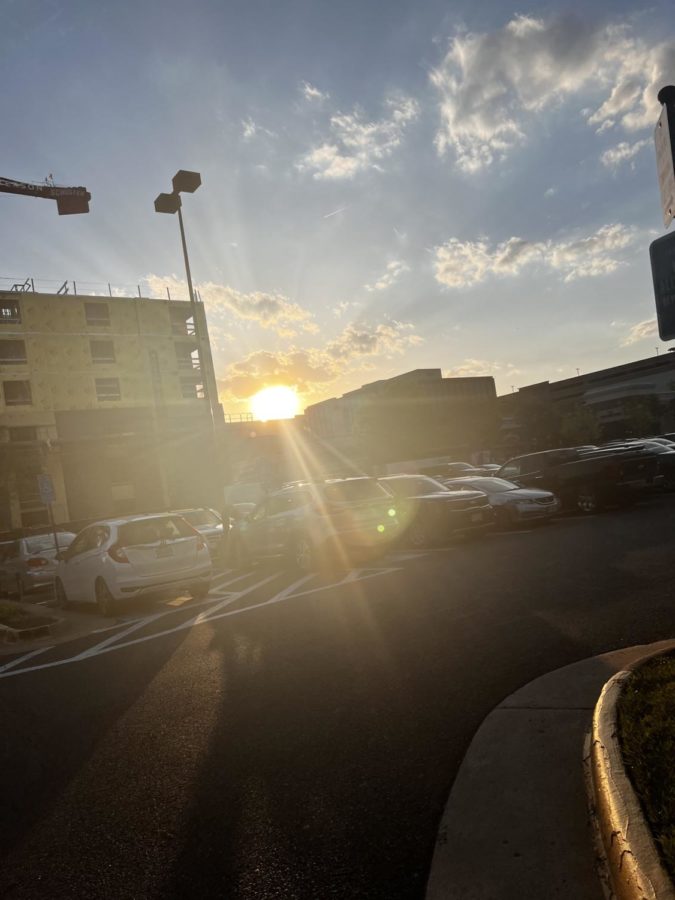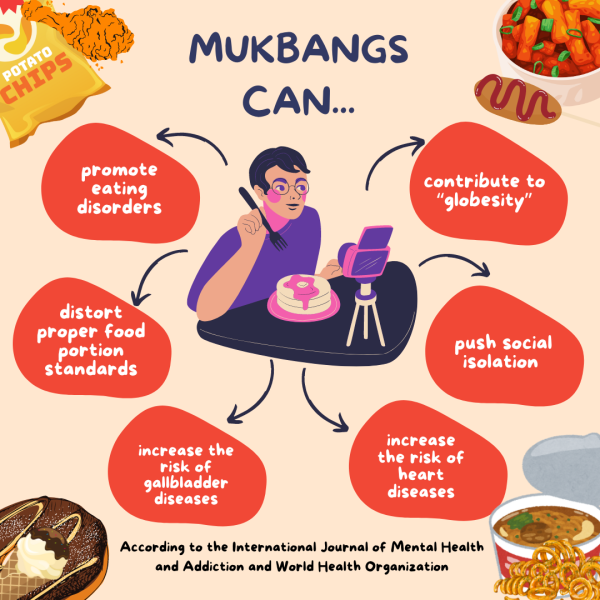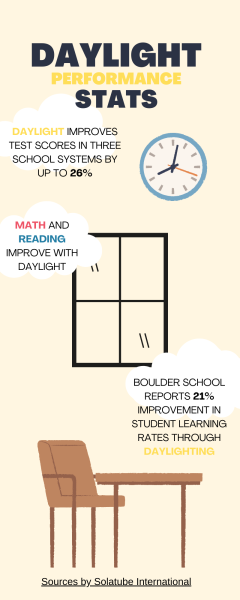NOVA is not a part of the South
NOVA’s urbanized town centers at every corner are examples of the differences in landscapes in comparison to the rural South.
June 8, 2022
With slang, music, food and accents changing depending on the region, everything creates differences across the United States, but opinions on how these regions are drawn differ.
From a historical perspective, Virginia was not just any part of the south, but acted as the heart of it, with Richmond being the capital of the Confederacy during the Civil War, according to Encyclopedia Virginia. With valued industries such as mining and food production, the state was considered indispensable to Southern forces and a target to the Union. Even after the war ended, many white Virginians remembered Virginia’s role in it to be about fighting for states’ rights rather than slavery, a view shared by the failed Confederate Southern states as well. These opinions trickled down into modern times, with the destruction of Southern monuments sparking controversy and anger amongst the conservative “Unite the Right” movement, which became violent in Charlottesville’s infamous white supremacy marches in 2017, according to Smithsonian Magazine.
When looking at what defines a region, factors such as diversity, culture and economics are often what draw boundaries. And through those factors, it’s easy to see why Northern Virginia (NOVA) is often not associated with the South.
Northern Virginia is only 49% white while having a population of over 2.5 million according to Inside Nova and Nova Region. Meanwhile Virginia as a whole has a total population of 8.5 million and a white population of 67% according to the US Census Bureau and the World Population Review. With the diversity of NOVA being way higher than the rest of Virginia, but Virginia as a whole being majority white, the rest of Virginia maintains a more concentrated white population, demonstrating how diversity statistics are evidently not distributed equally throughout the state. With the primarily white population of the rest of Virginia aligning with the 58.2% white population of the South, according to Statistical Atlas, it’s easy to see how racial demographics of NOVA align more with the North than the South.
In regards to social and cultural differences, data shows that regional placement can affect such factors. Many people among the Southern states tend to operate in a more “relaxed and creative” manner, consistent with the common perception of Southern hospitality. Likewise, cultural characteristics of the South gravitate towards traditional values and family, with these characteristics aligning with the traditional rural South, according to the Atlantic. In contrast, the North’s industrialized and crowded environments lead to a more anxiety ridden temperament in its citizens, which is far more familiar to NOVA than most Southern characteristics.
It is well known that West Virginia became a new state due to political disagreements during the Civil War, but Northern Virginia might as well. Disregarding the taxes paid by residents of NOVA, the region remains part of Virginia in name alone.
Northern Virginia is far more urbanized than the rest of Virginia, with the area matching the energy of the Northeast corridor rather than the rural parts of Virginia below it. This urban vibe bleeds into the economic output of NOVA, with the small 7% of Virginia’s land area accounting for almost half of the entire state’s economic growth and income tax and over half of the overall new jobs. And to top it all off, most of Southern Virginia feeds off NOVA’s tax dollars as a 40-year-old system implemented by Harry F. Byrd manipulated laws against NOVA, according to the Washingtonian.
Virginia as a whole is now doubted to be a part of the South, solely because of NOVA’s Northern influences, and if that doesn’t indicate that NOVA is not a part of the South, there’s nothing that will.












